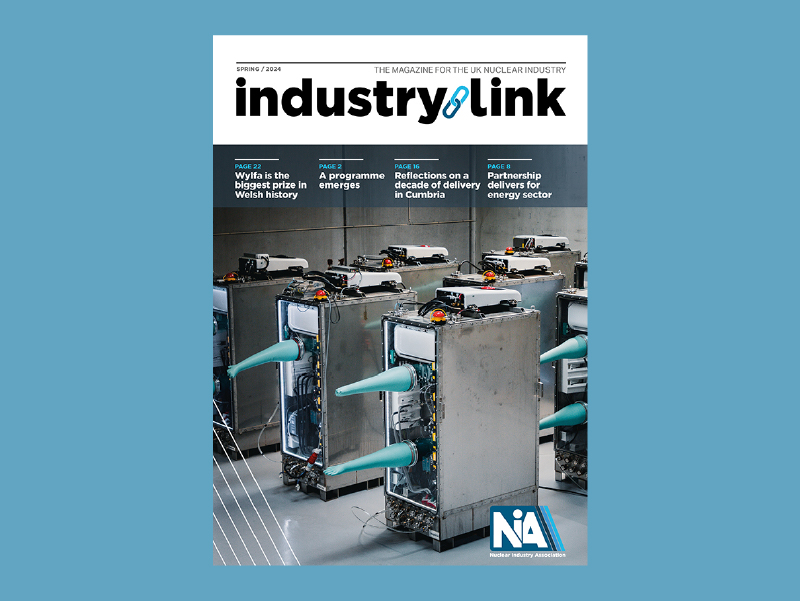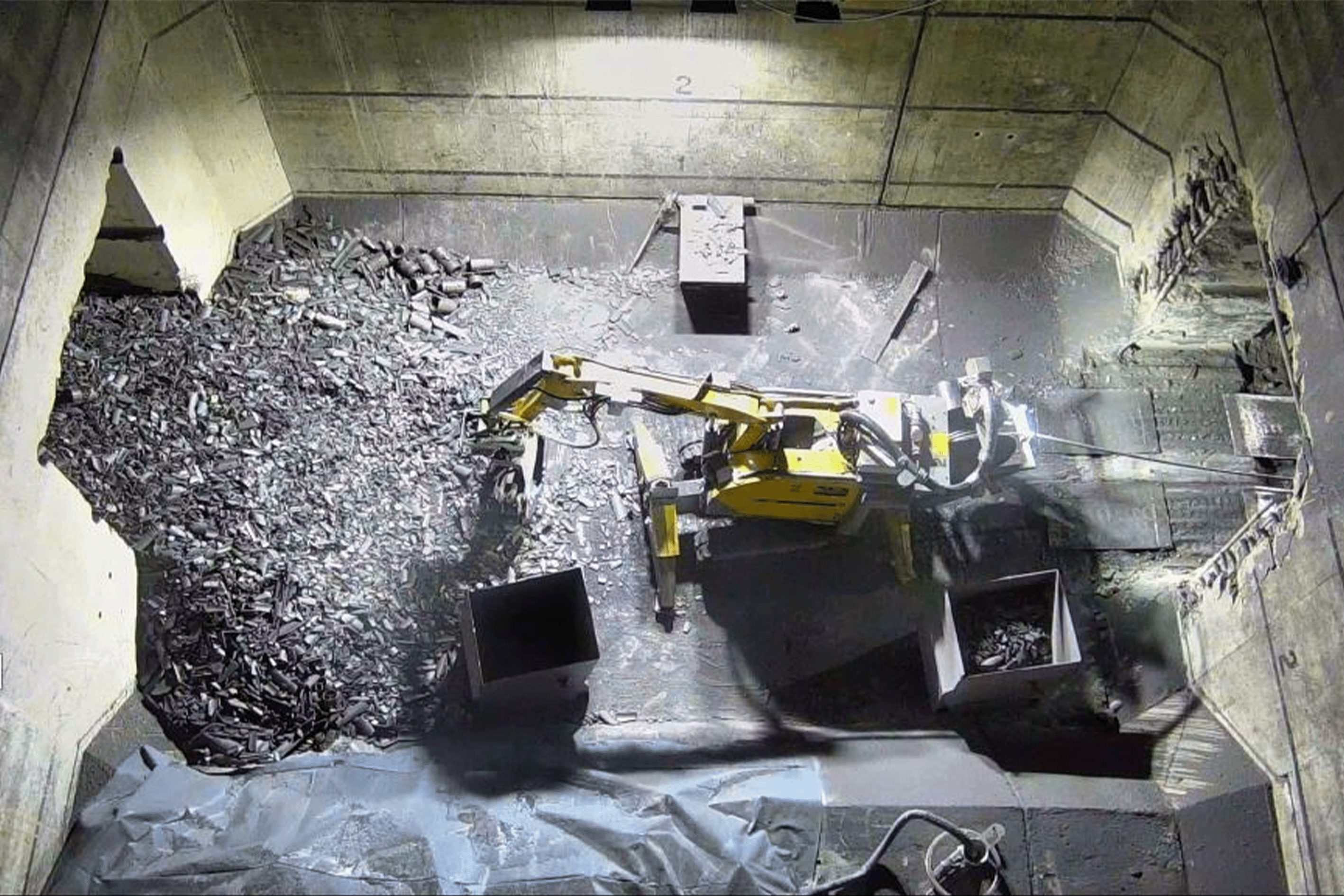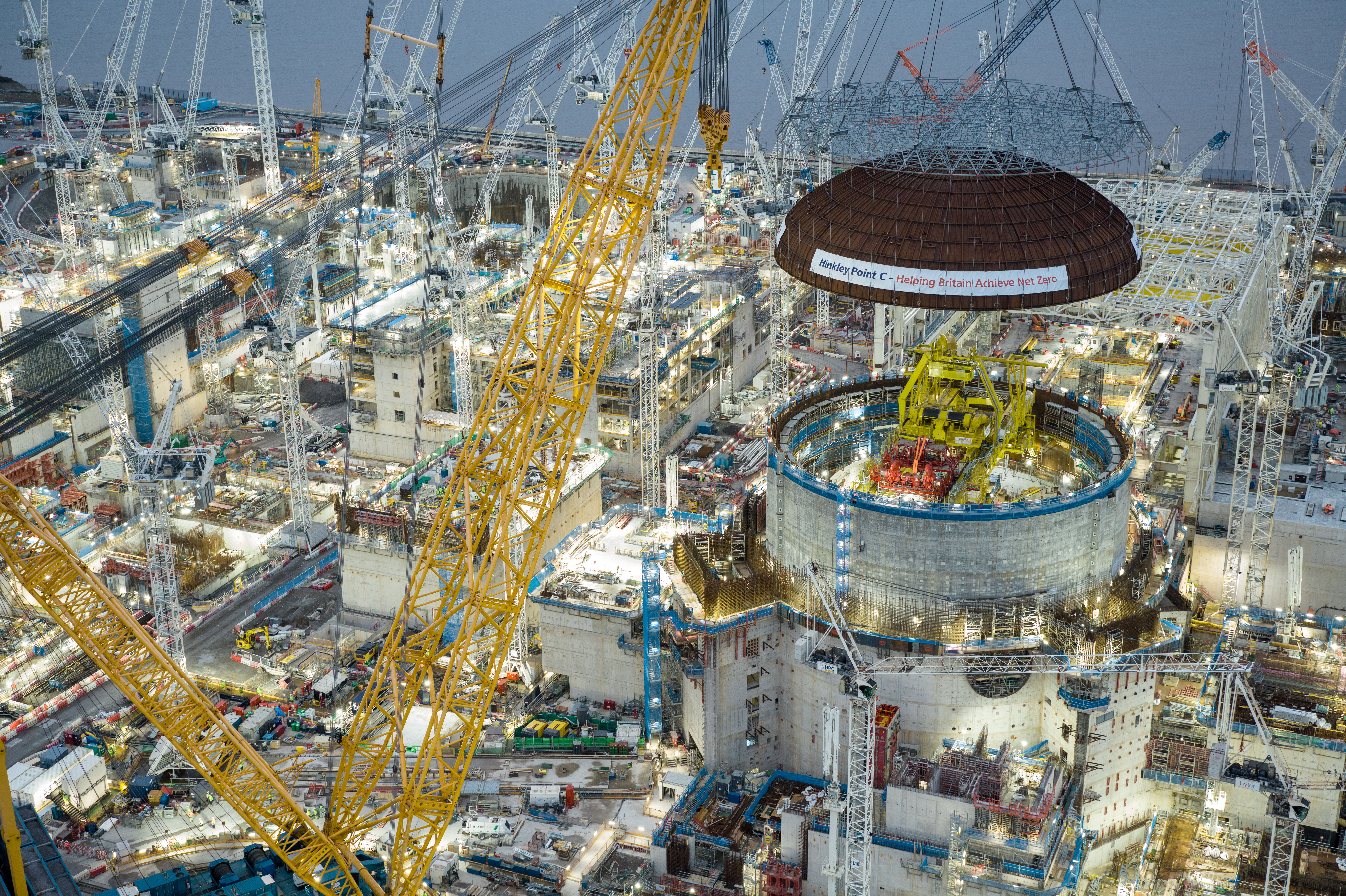The Nuclear Industry Association (NIA) welcomes the opportunity to respond to the Energy Intensive Industries: Review of the scheme to provide relief to energy intensive industries for a proportion of the indirect costs of funding renewable electricity policies published by the Department for Business, Energy & Industry Strategy (BEIS).
The NIA is the trade association and representative body for the civil nuclear industry in the UK. We represent around 250 companies operating across all aspects of the nuclear fuel cycle, including the current and prospective operators of nuclear power stations, international designers, and vendors of nuclear power stations, and those engaged in decommissioning, waste management and nuclear liabilities management. Members also include nuclear equipment suppliers, engineering and construction firms, nuclear research organisations, and legal, financial and consultancy companies.
Due to the diversity of our membership, our views in this submission will cover high-level, industry-wide matters. Our members may choose to make their own detailed submissions.
Using nuclear power in industrial decarbonisation
The Climate Change Committee (CCC) has estimated that the UK needs to double its electricity supply by 2050, leaving a significant gap which needs to be wholly filled by clean, reliable power. This means more than quadrupling the UK’s current clean generating capacity to get us to Net Zero. The CCC has also stated that 38% of electricity in 2050 should come from ‘firm’ sources, of which nuclear is the only proven low-carbon option at scale.
Nuclear is essential to the UK’s decarbonised electricity mix and currently generates nearly half of our low-carbon electricity. The NIA recently calculated that the UK’s existing nuclear stations (as of January 2022) have saved 1.4bn tonnes of CO2 emissions saved by the AGR stations and Sizewell B, making them the greenest assets in British history.
There are several reputable reports that have evidence that nuclear power contributes to climate change mitigation, but one that is particularly notable is a 2022 United Nations Economic Commission for Europe (UNECE) report that assessed the life cycles of different electricity-producing technologies. The report found that nuclear power was the most low-carbon technology, producing only 1-6.4 g CO2 eq./kWh, compared to onshore (7.8- 16g CO2 eq./kWh) and offshore wind (12-23 g CO2 eq./kWh), and concentrated solar power (27-122 g CO2 eq./kWh) and photovoltaics (8.0-83 g CO2 eq./kWh).
Building new nuclear power will also bring down the cost of electricity – critical to the UK’s long-term energy strategy as we enter a cost-of-living crisis this winter.
The cost of balancing the UK grid has risen from £1.2bn in 2019, to £2.65bn in 2021, with £3.5bn spent so far this year. That equates to UK electricity being about £11/MWh more expensive and is also much more than EDF is spending per year to build Hinkley Point C. This is one of the “hidden costs” consumers pay that more firm nuclear power would help contain, especially as more upcoming nuclear retirements mean balancing costs are likely to keep growing.
Producing industrial heat remains one of the toughest decarbonisation targets. Nuclear power is the only clean, consistent and ‘firm’ energy source that produces zero-carbon heat and could be the answer to helping the UK reach its industrial decarbonisation targets.
While large-scale nuclear is optimised for providing on-grid power (and possibly for electrolytic hydrogen), smaller, Advanced Modular Reactors (AMRs) provide lower, more proportional output and would therefore be more suitable to providing high-temperature heat to energy intensive industries (EIIs), such as steel and chemicals, and industrial clusters, in close proximity to or on site.
Is the 85% level of exemption sufficient to meet the objectives of this scheme for your business or sector? If not, please provide supporting evidence to demonstrate why not.
If we were to consider increasing the subsidy intensity level, what level would be appropriate? Please provide supporting evidence for your answer?
The NIA does not believe that the current 85% exemption level is sufficient to meet the schemes’ objective for EIIs. As the renewable relief scheme reduces industrial electricity prices by approximately £22/MWh, implementing 100% relief will reduce the price by approximately £4/MWh in 2022-23 and industrial electricity prices in the UK will therefore be comparable with other countries.
France, Germany, and the Netherlands all have lower policy costs for EIIs, and without intervention from the UK Government, EIIs will run the risk of losing business to countries seen as more competitive, particularly those across Europe.
However, as Ofgem research indicates, the Government’s proposal only closes part of the gap, highlighting the need for further action to mitigate the risk of carbon leakage and avoid the risk of putting UK EIIs at a competitive disadvantage internationally.
Do you agree that supporting industry to decarbonise through existing decarbonisation and net zero strategies is the appropriate approach for EIIs? Please add further information to support your response
While we believe the Government’s existing Net Zero strategies are a good starting point for its ambitions to decarbonise the UK, more could be done to capitalise on the current appetite of industry.
Nuclear power in the UK has officially entered its renaissance period, with former Prime Minister Boris Johnson pledging £700m to EDF’s Sizewell C project in Suffolk and the new Prime Minister stating that Great British Nuclear will be established this year as a vehicle to deliver new nuclear power.
The Government is currently running an AMR programme – after its announcement of its AMR technology of choice, High-Temperature Gas Reactors (HTGRs) last year – and plans to have an AMR demonstrator up-and-running by the early 2030s.
As noted above, AMRs can produce process heat that can power industrial decarbonisation, as well as other helpful, low-carbon products such as hydrogen, synthetic fuels and, of course, electricity.
However, to reach the Government’s targets, a concerted effort is needed to produce a clear roadmap for AMR deployment, and more work is needed to link the use of AMRs to industrial decarbonisation across heavy industries and clusters in the UK.
Much of the relevant work needed to support this work is being undertaken by Great British Nuclear, and the Government must make sure that there is collaboration across departments and teams to ensure a whole system approach to this issue.










